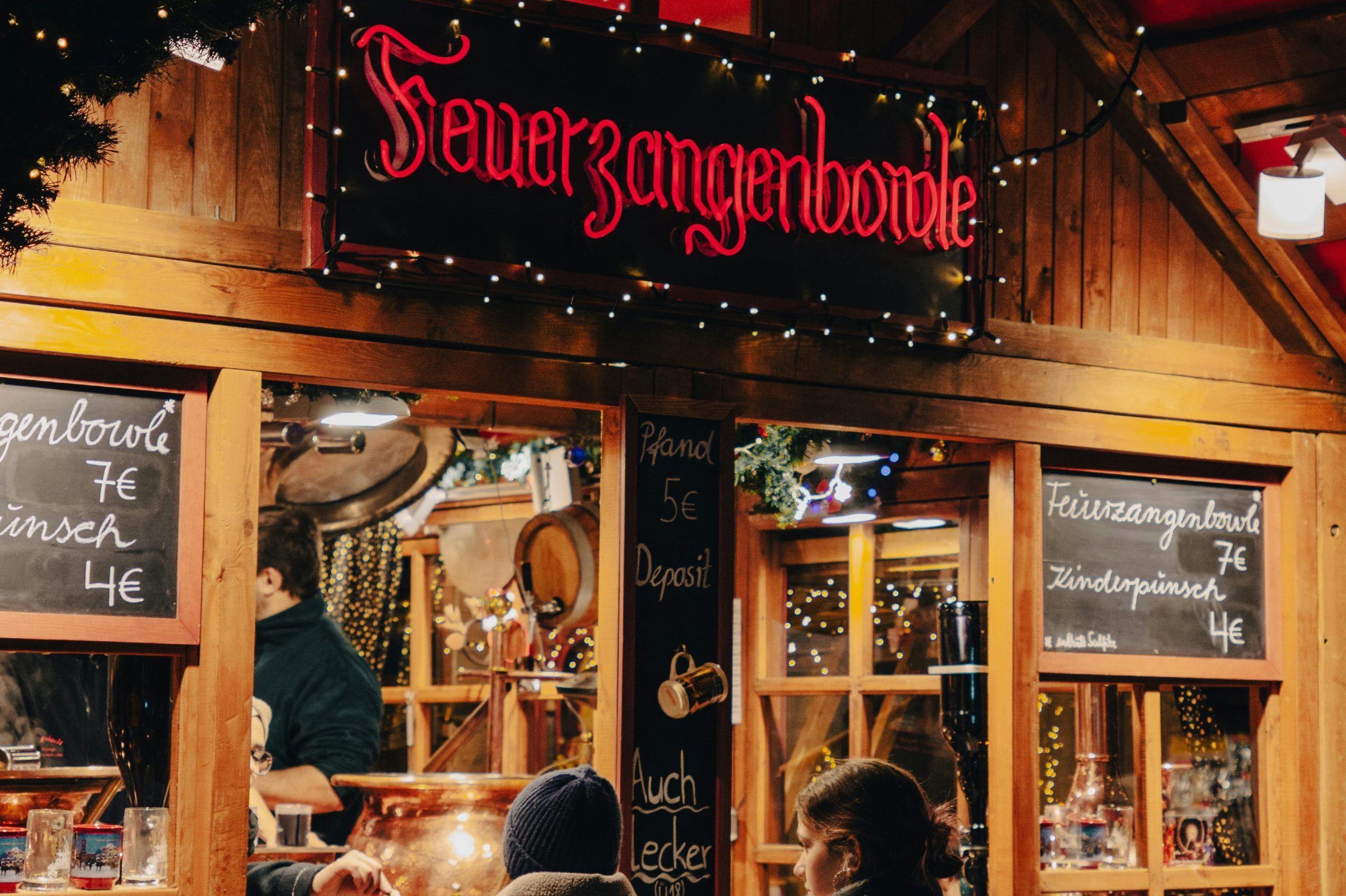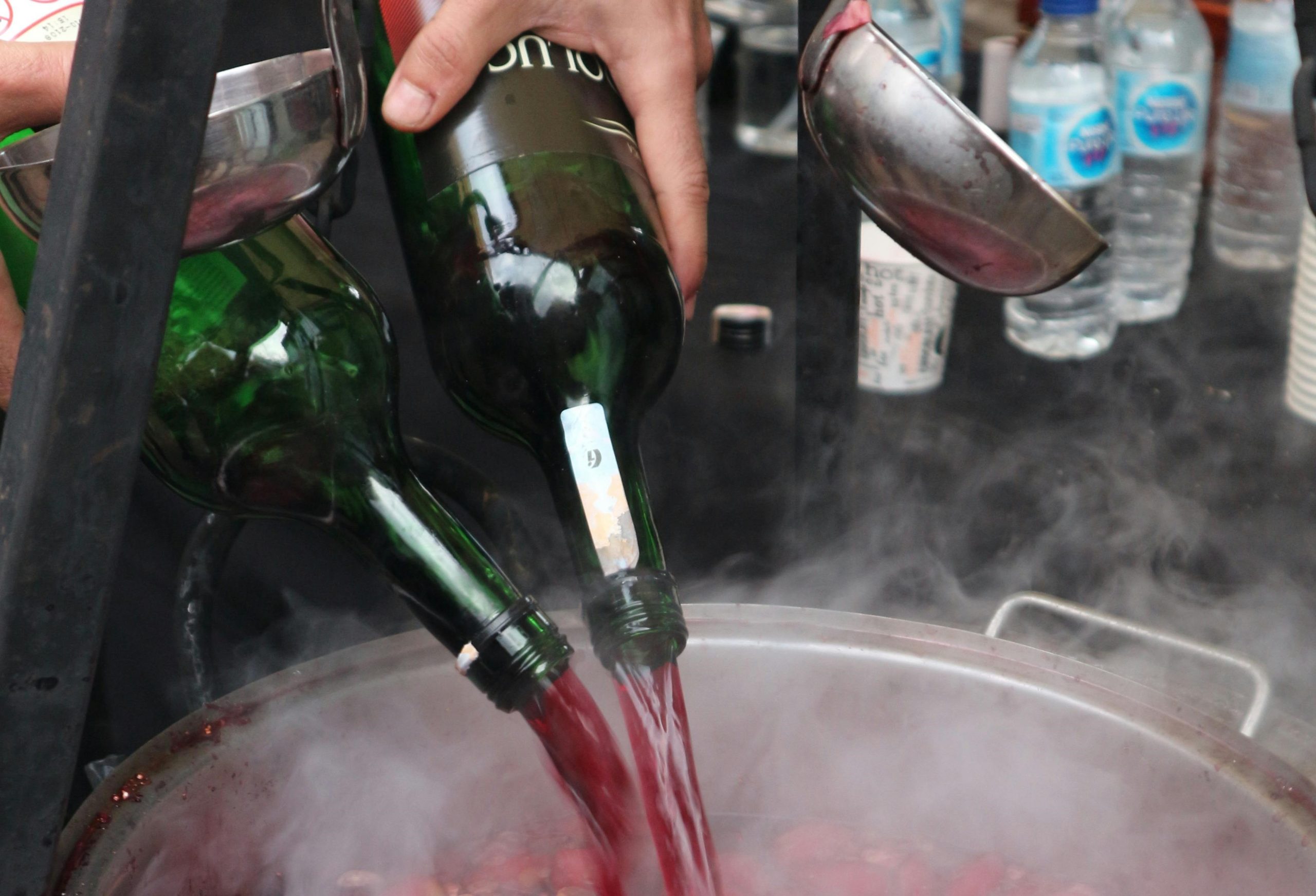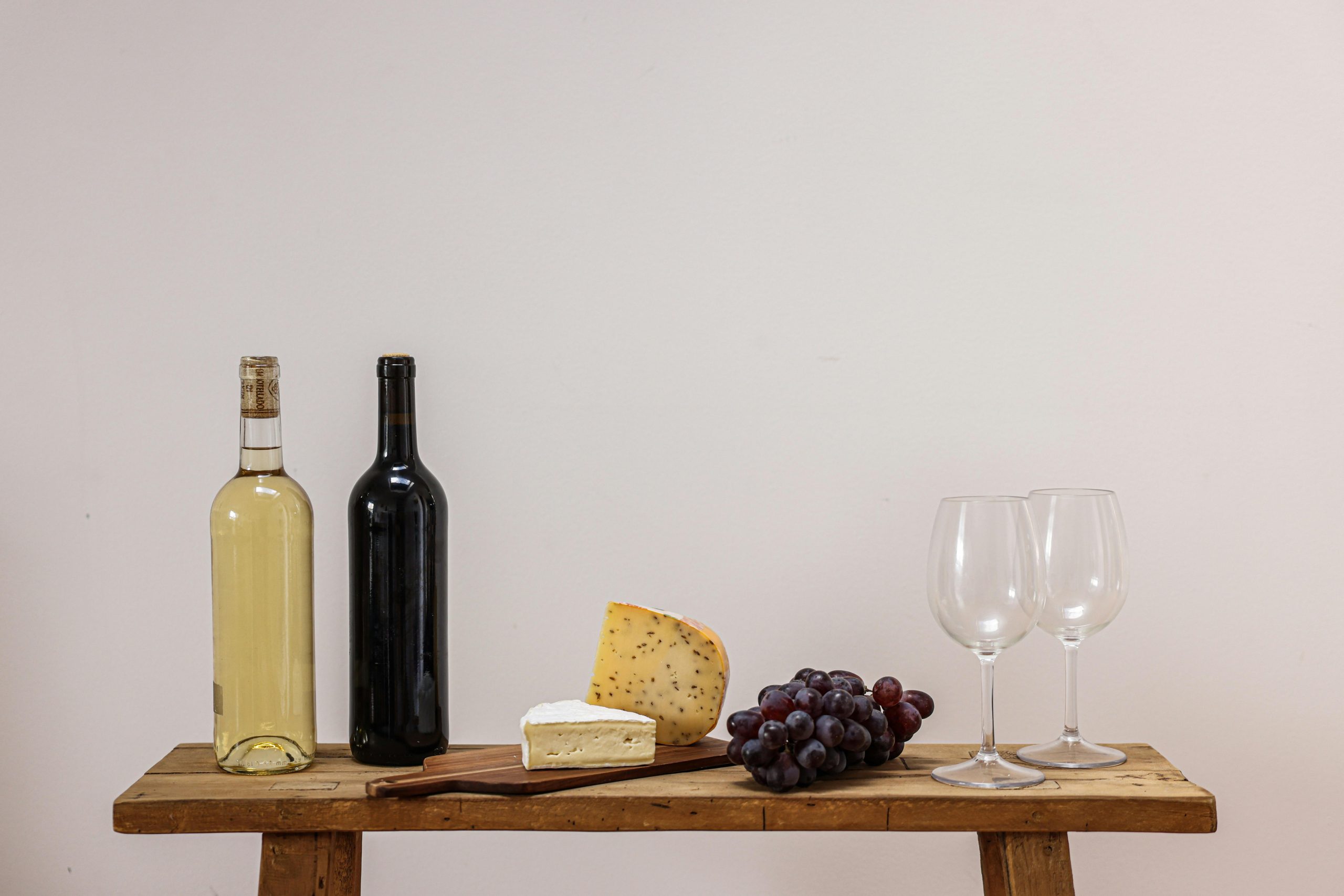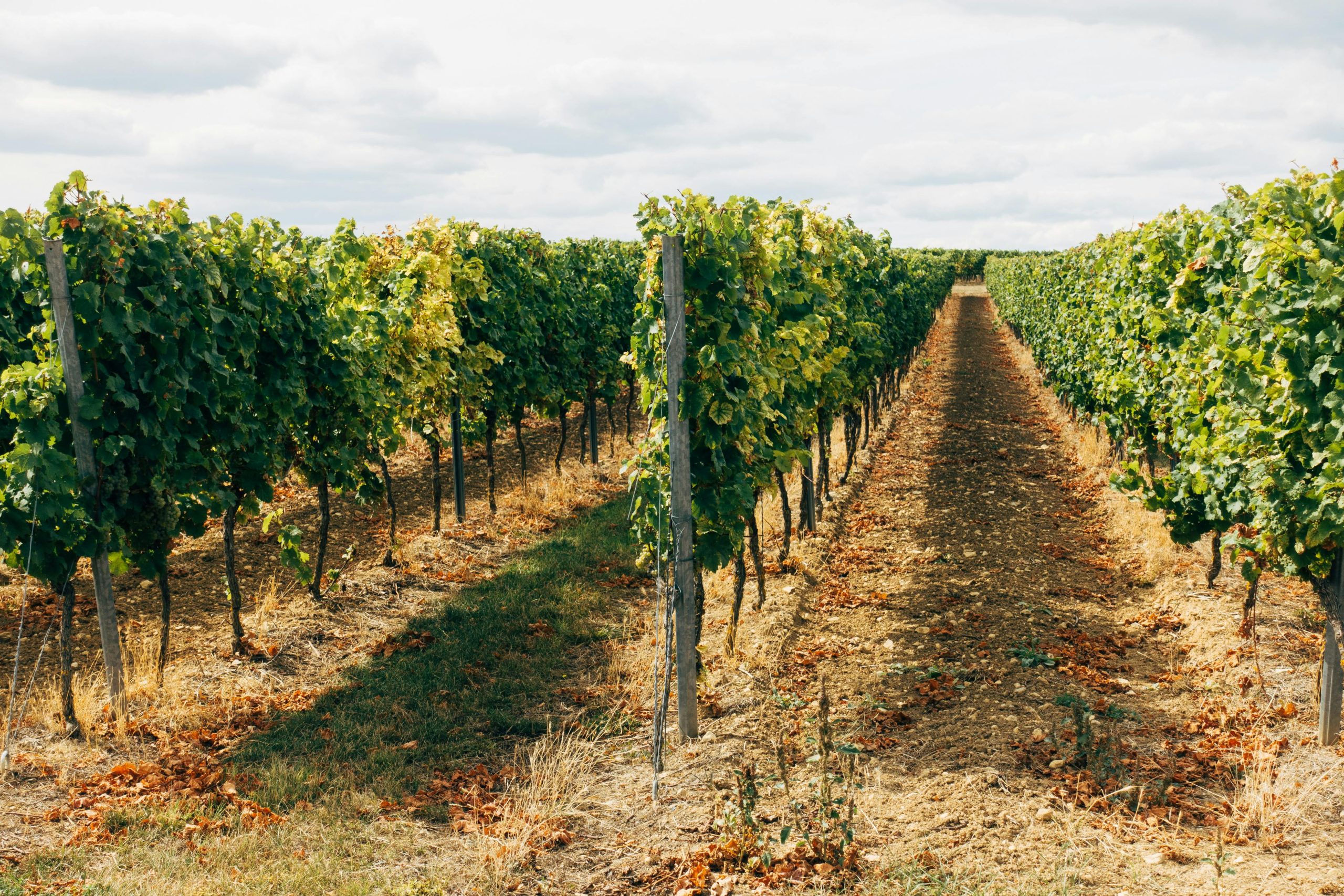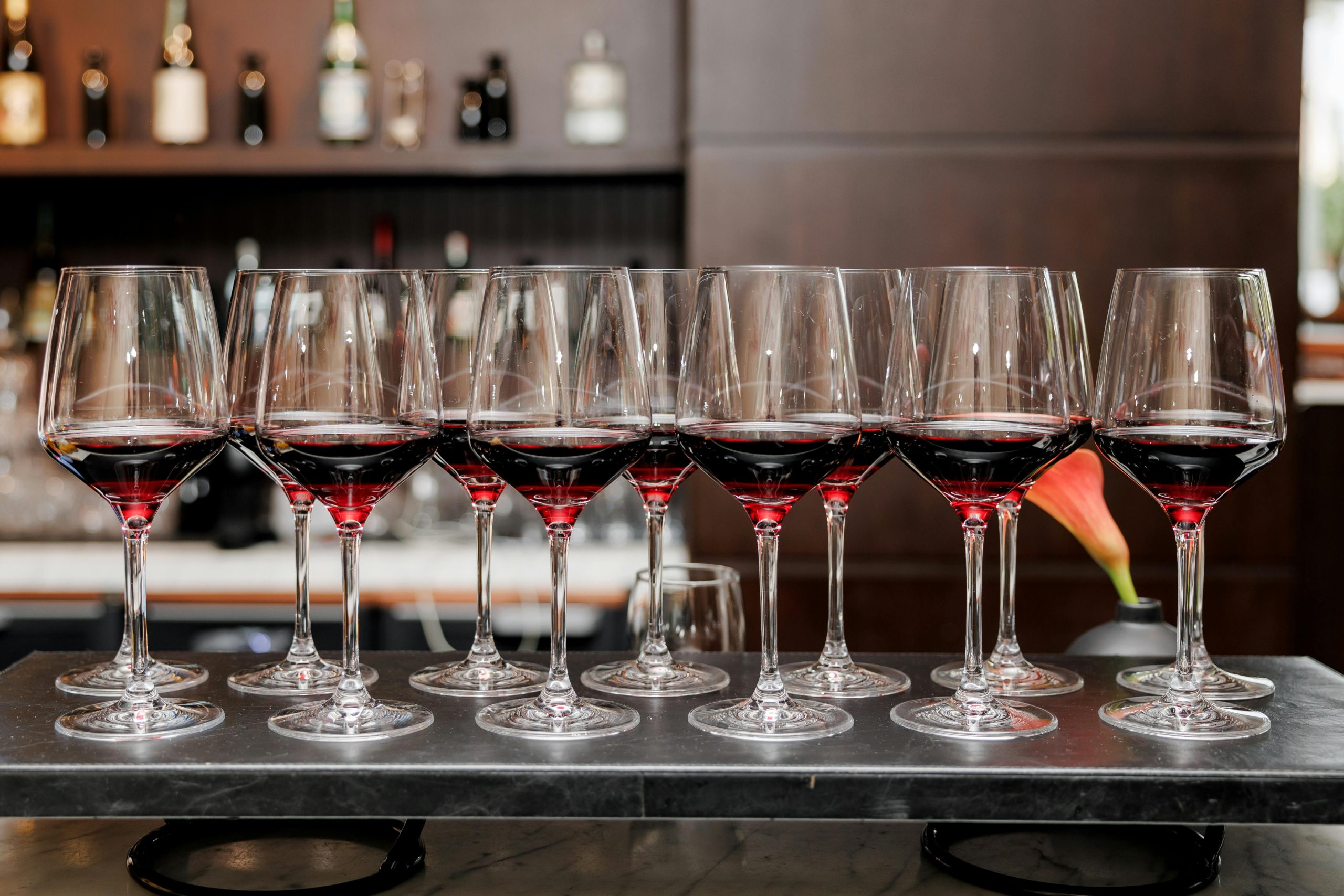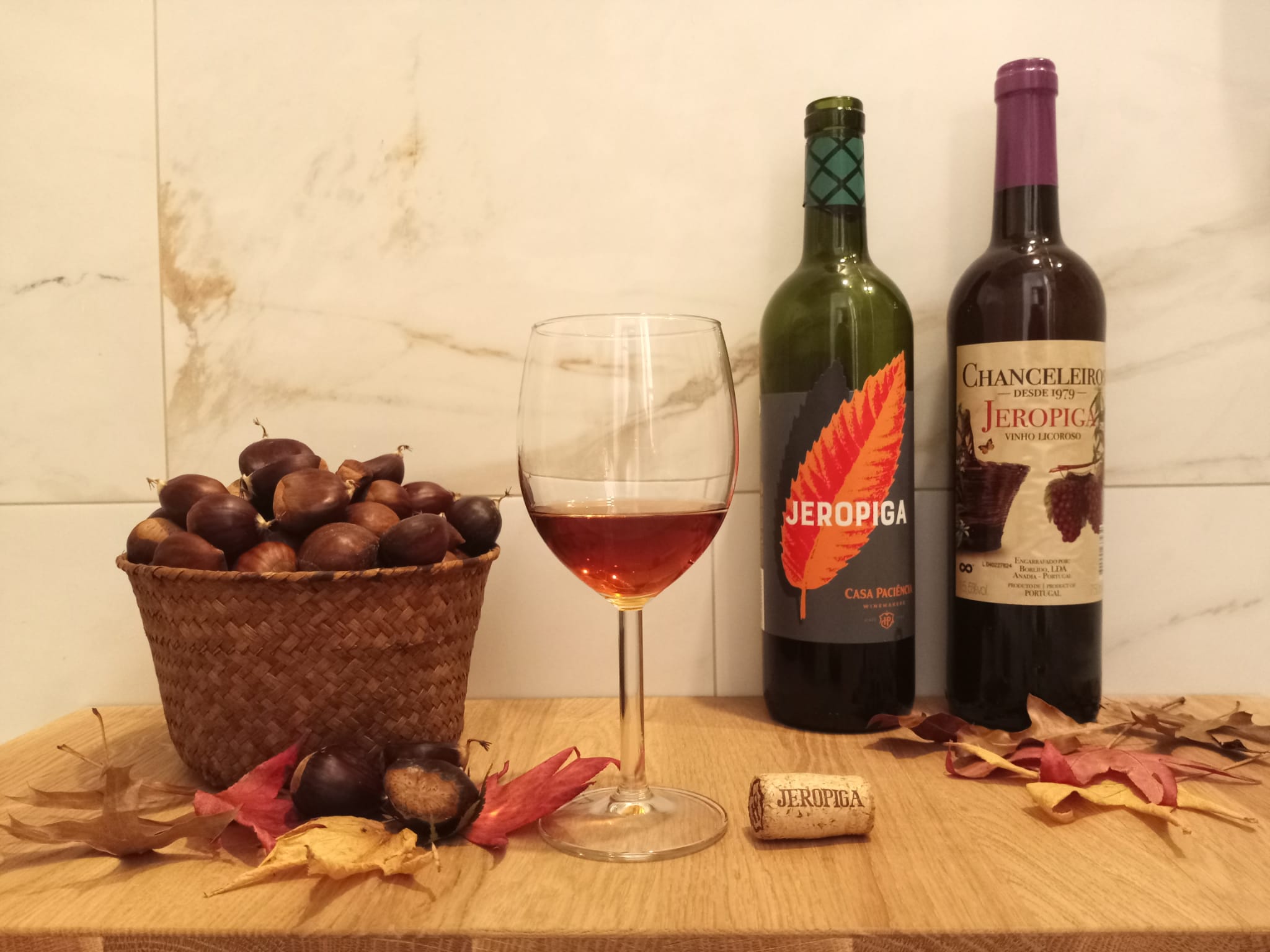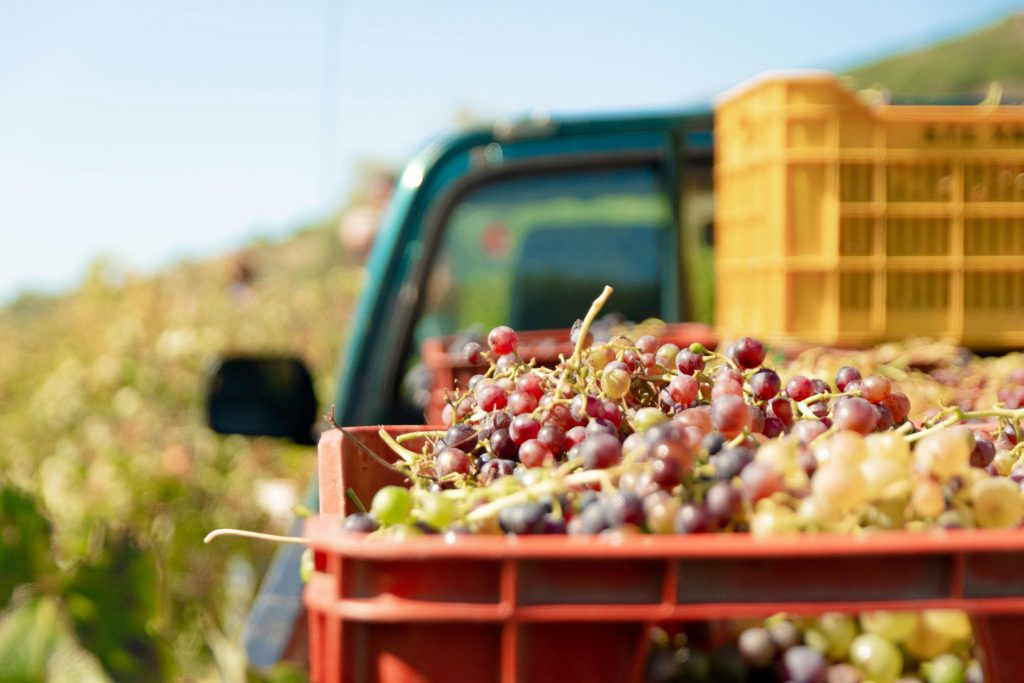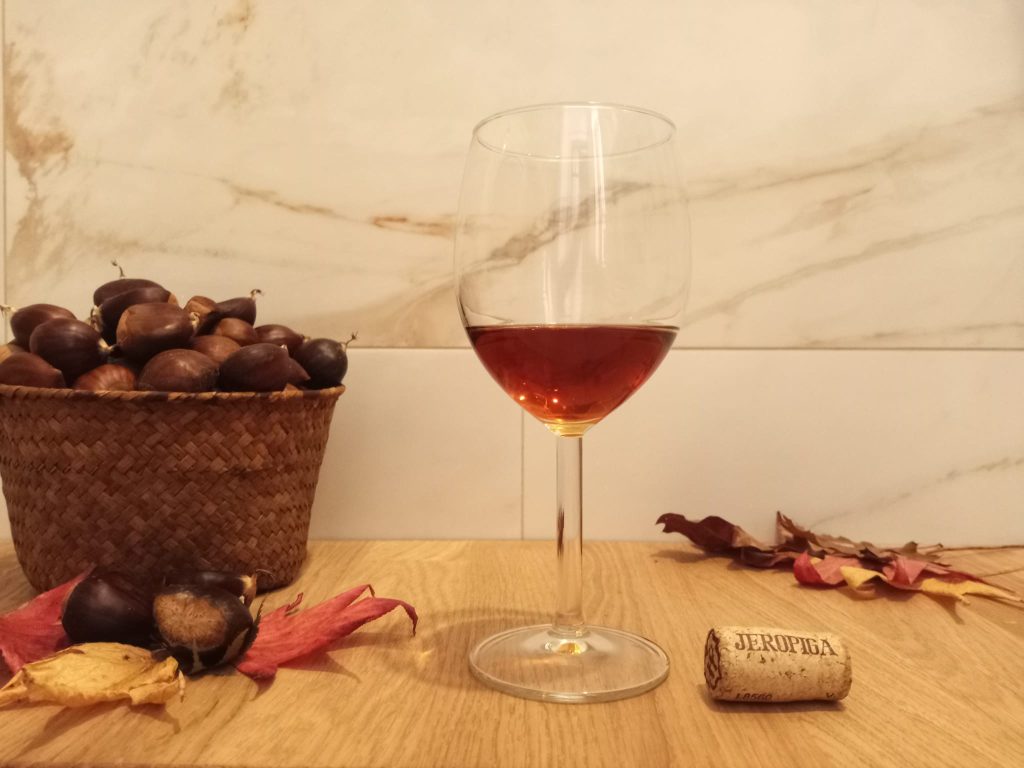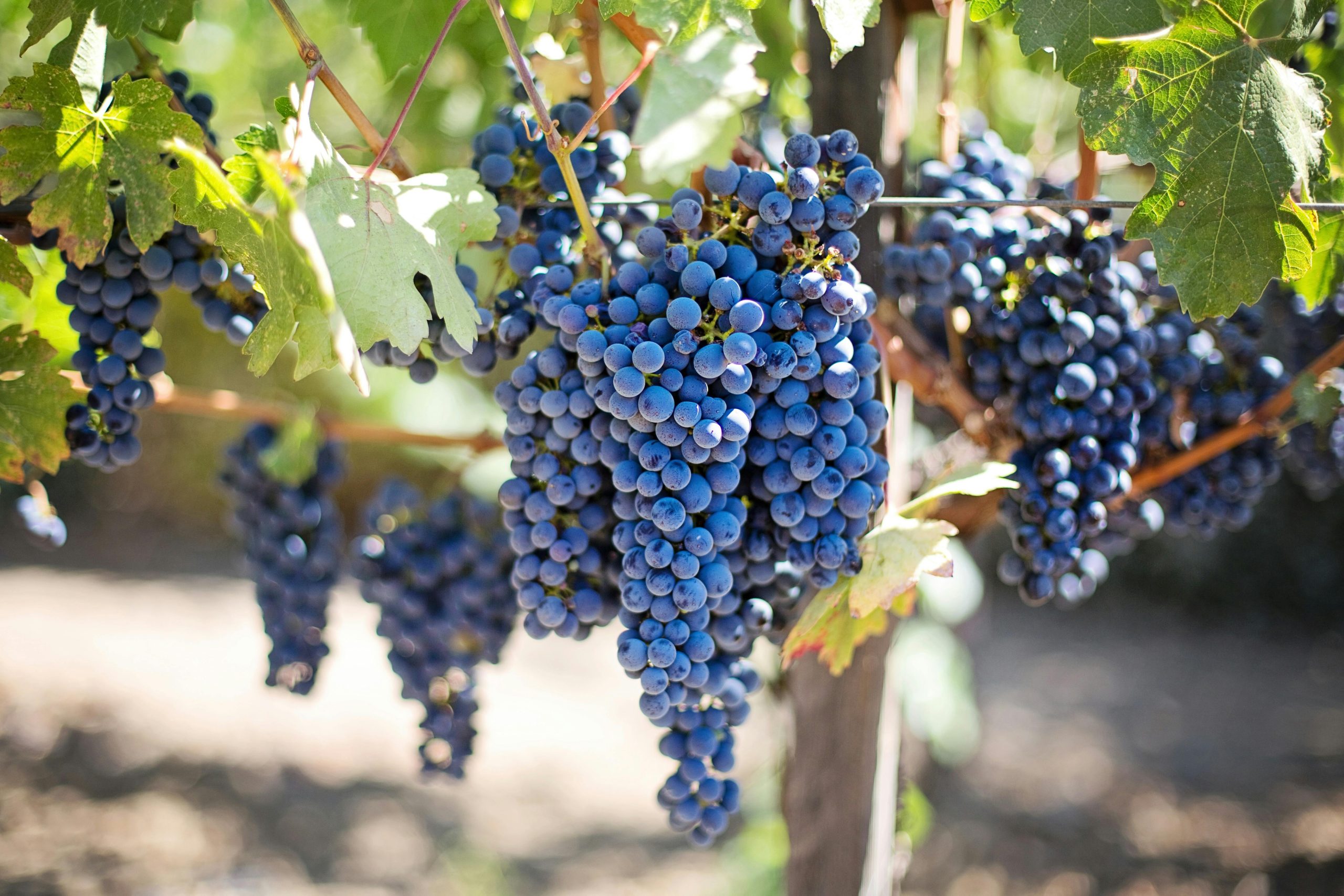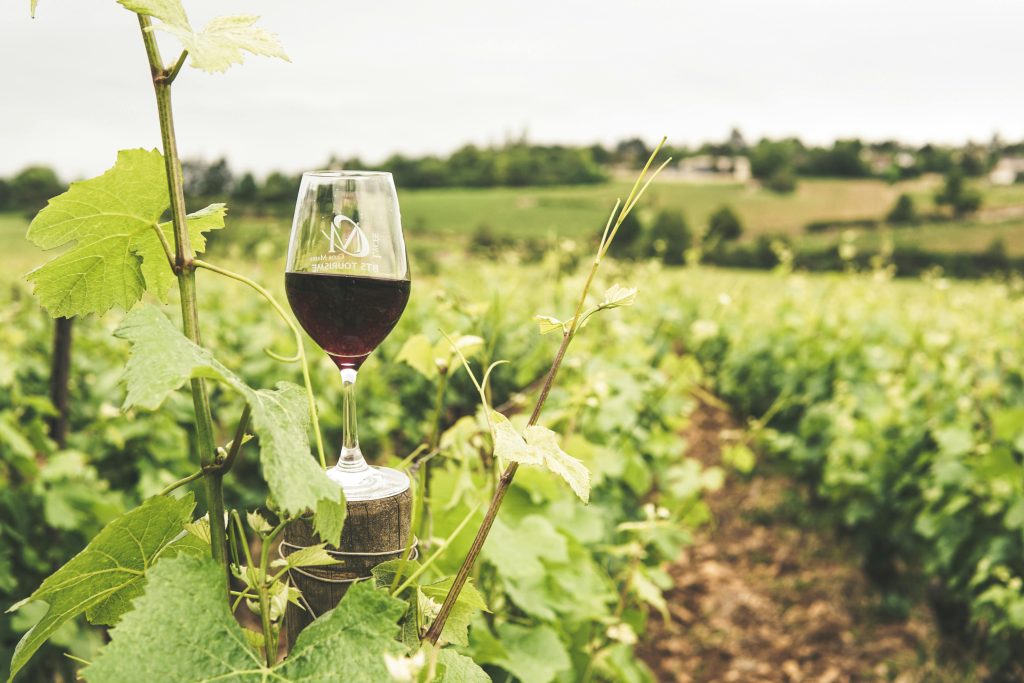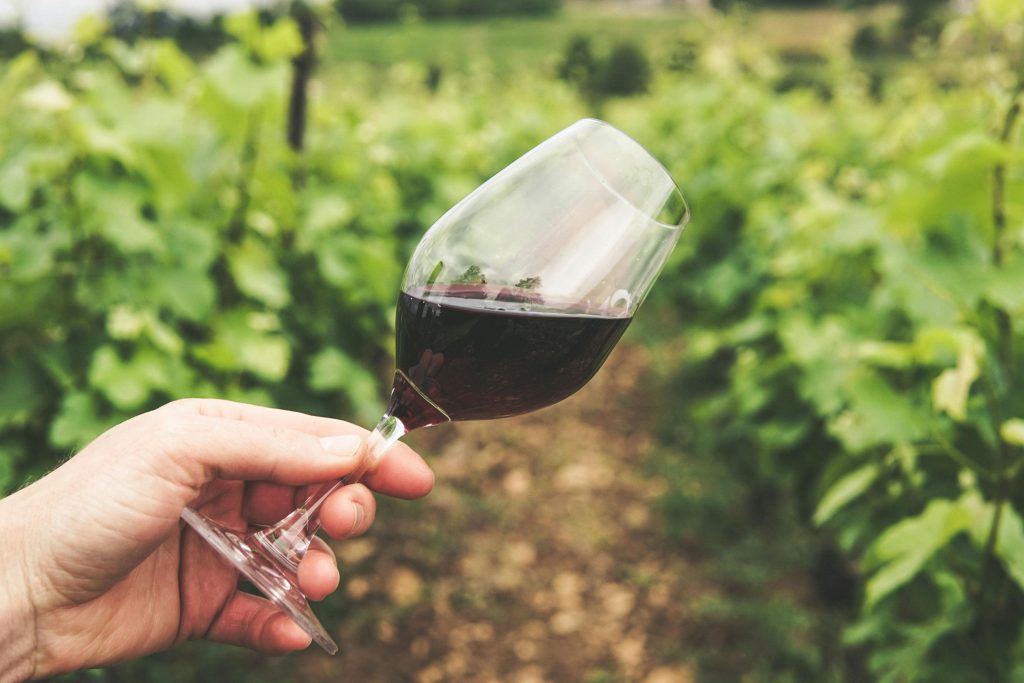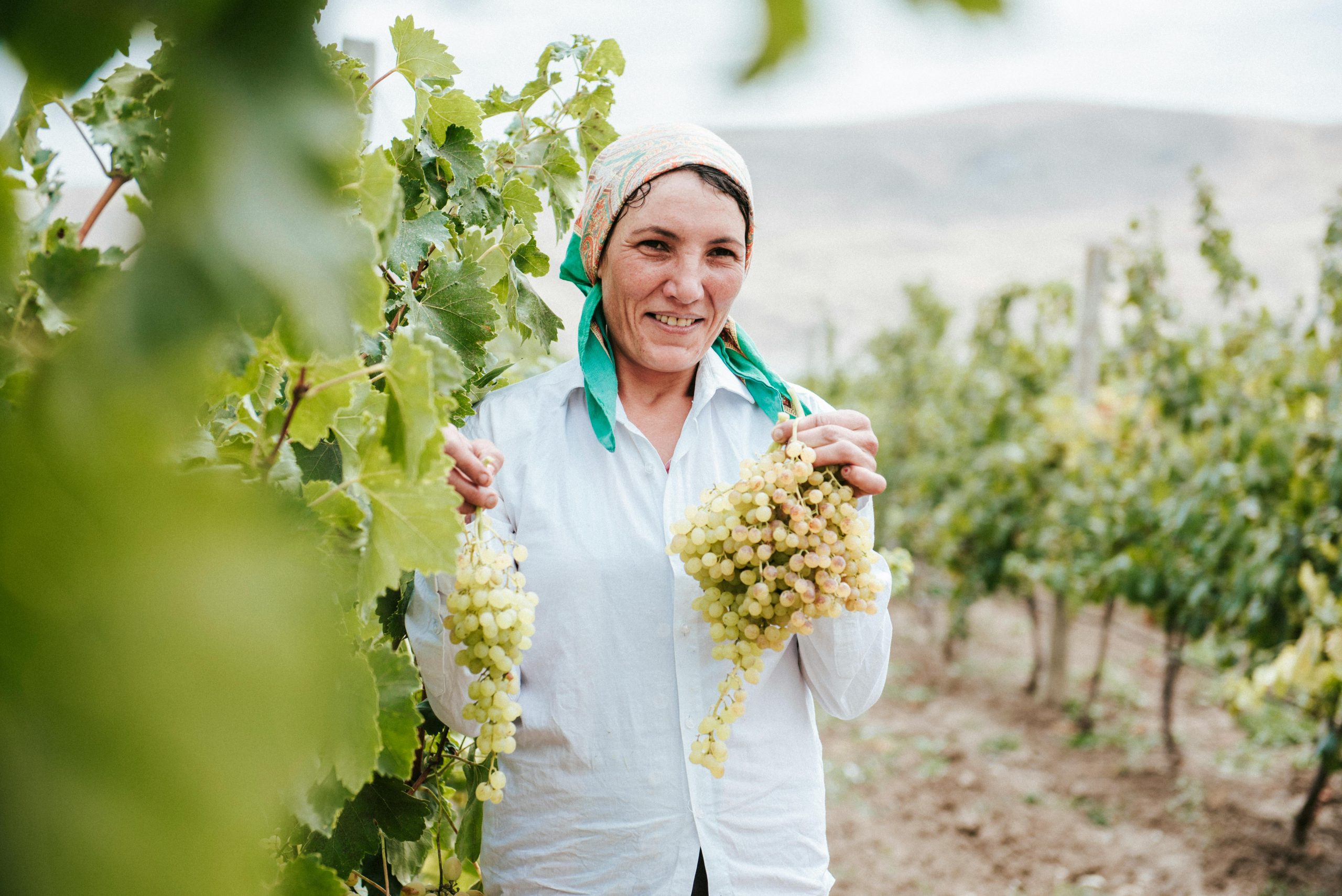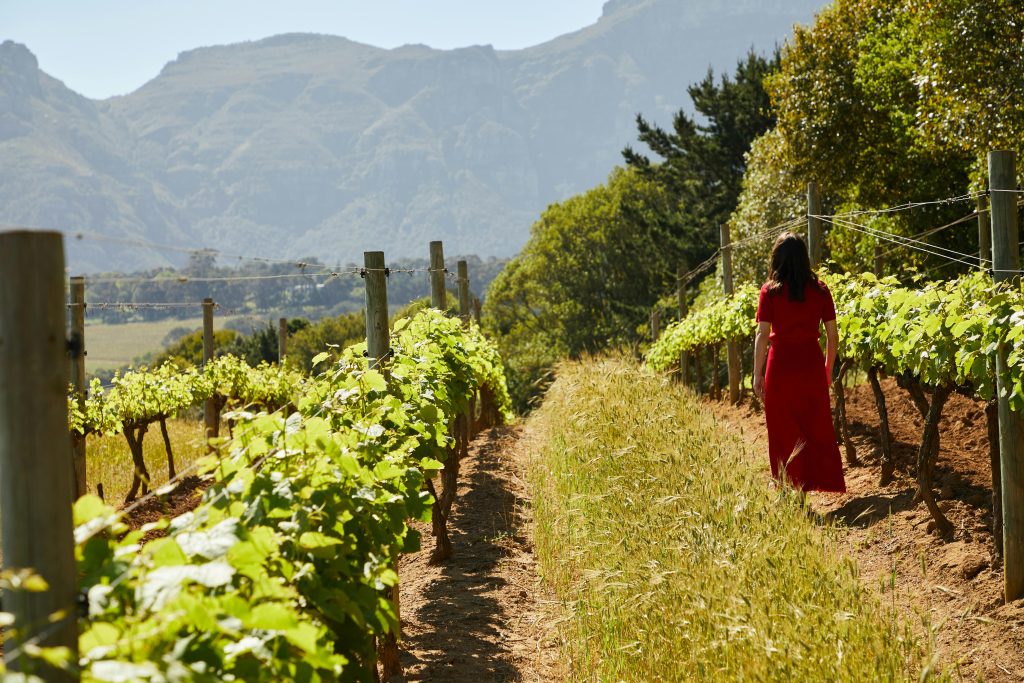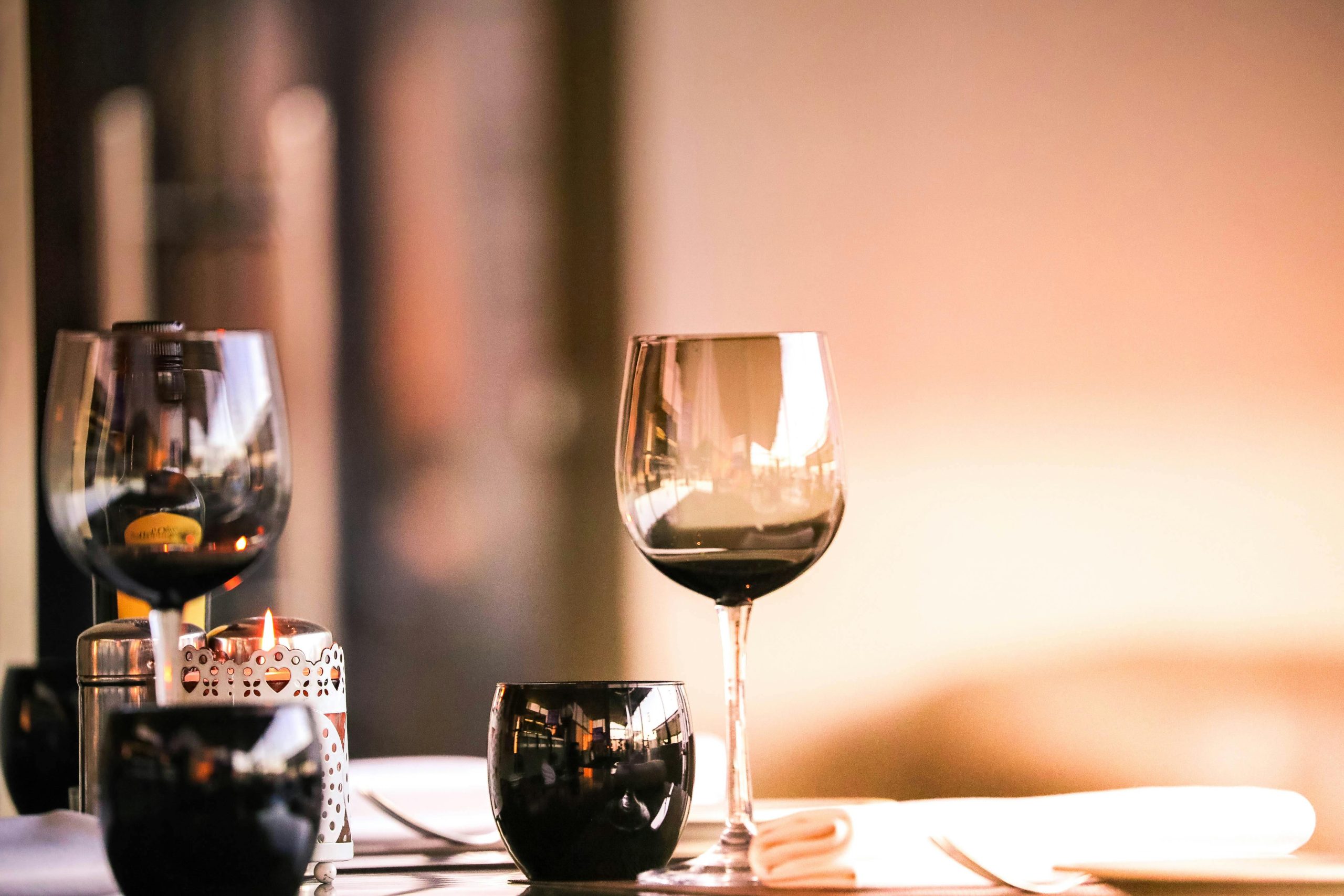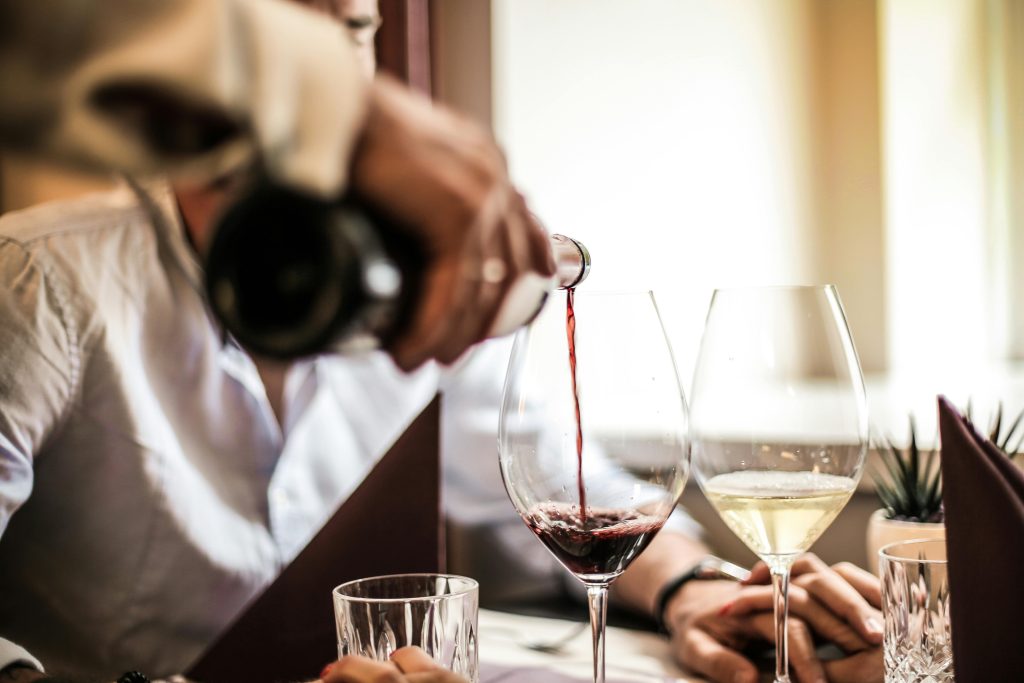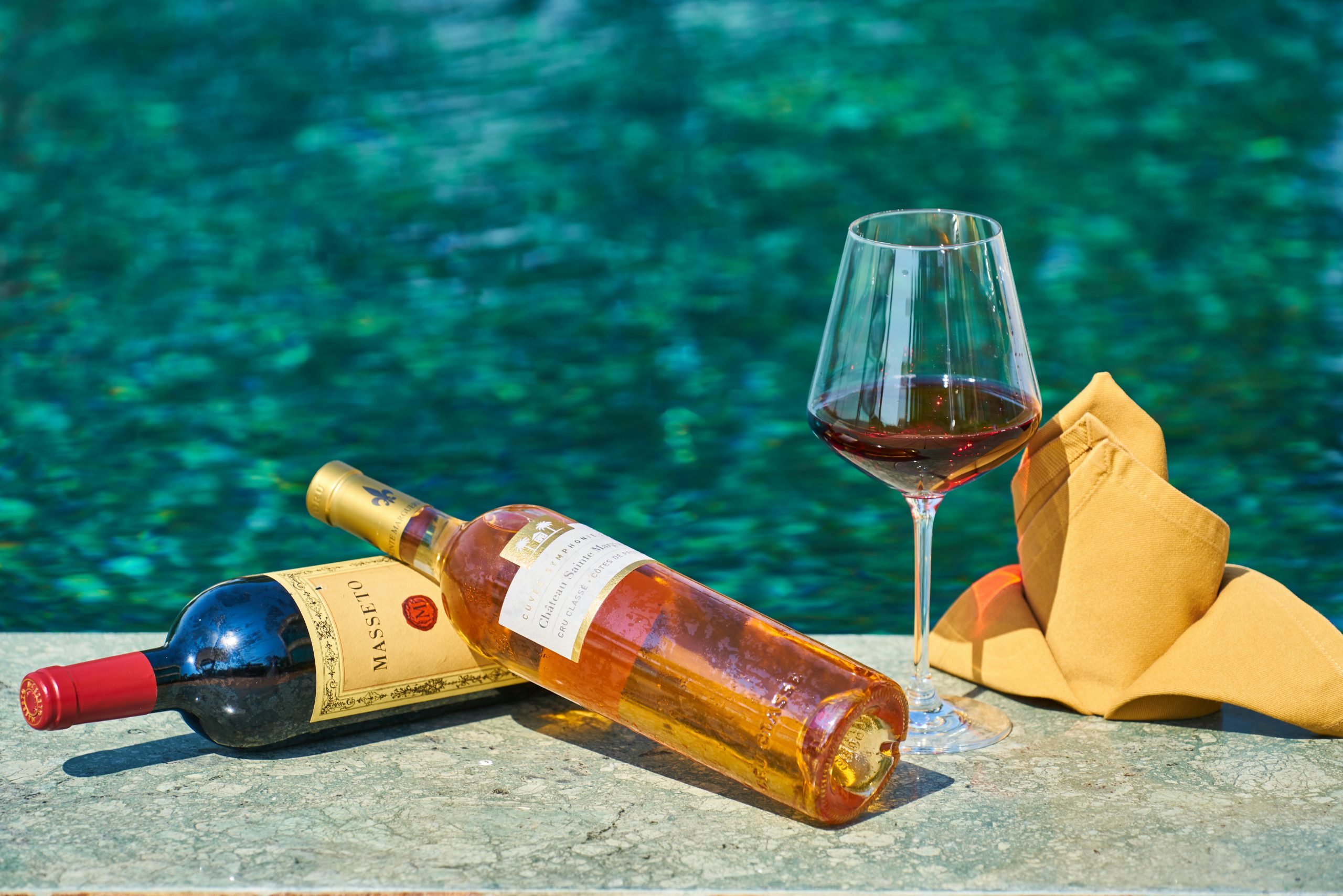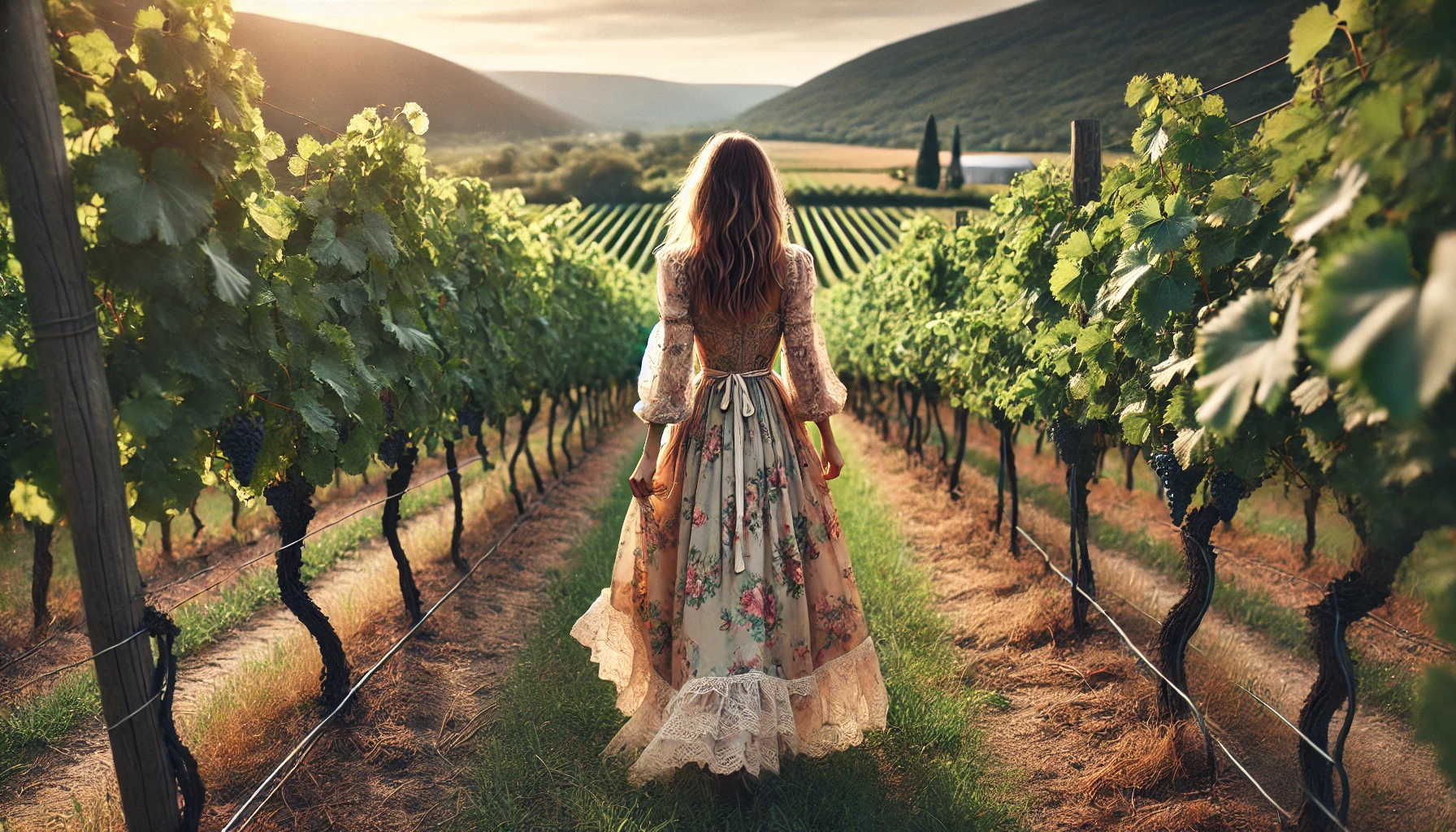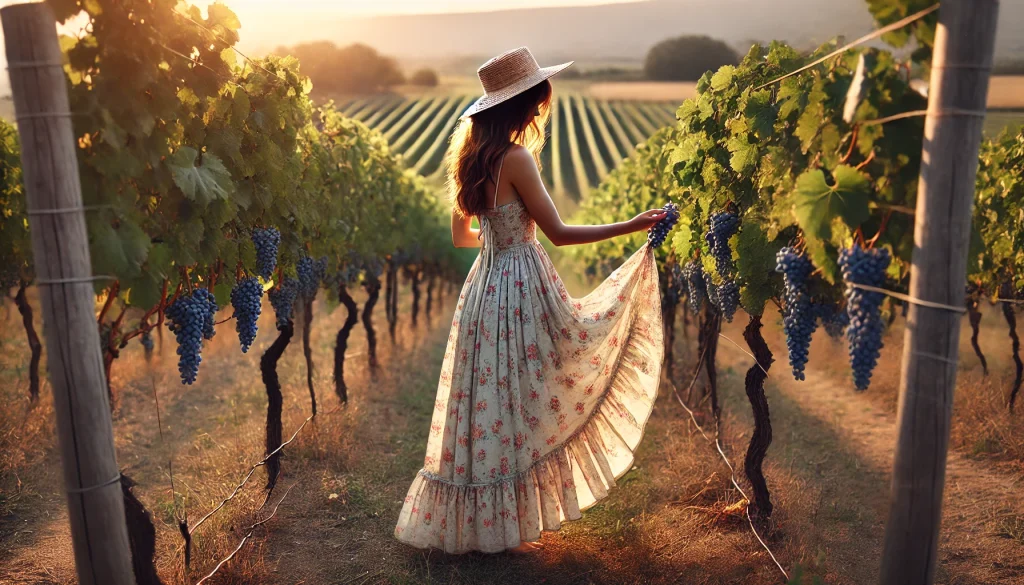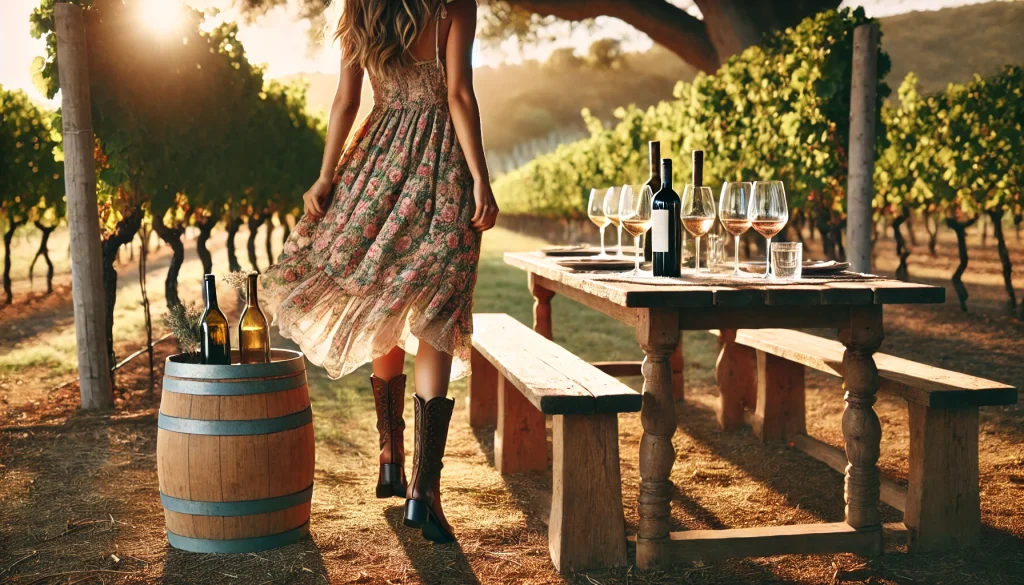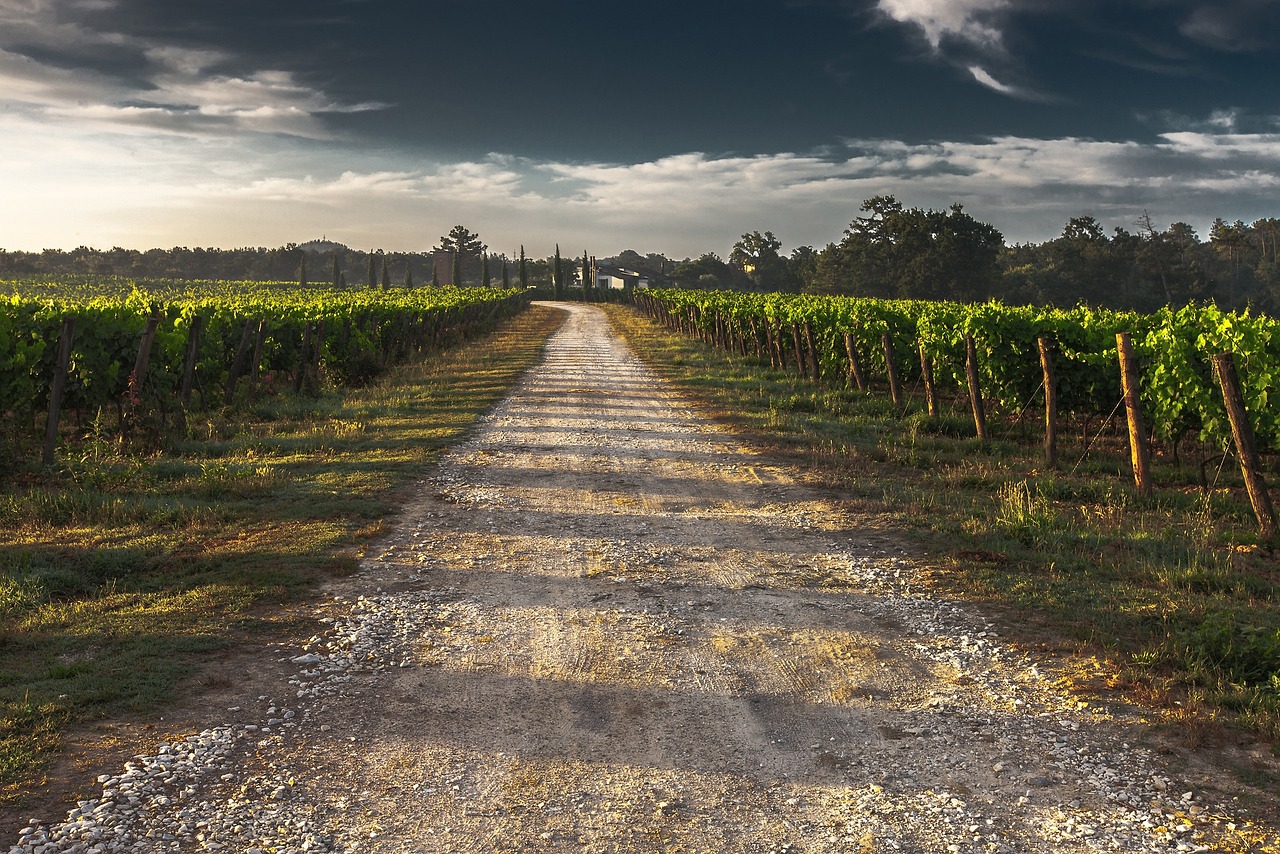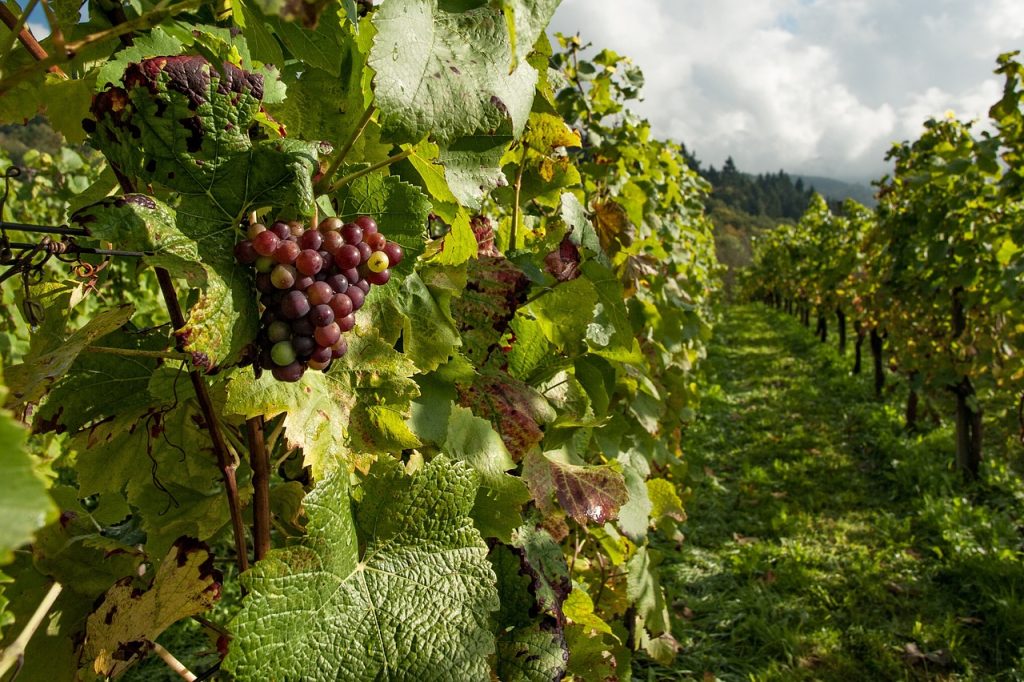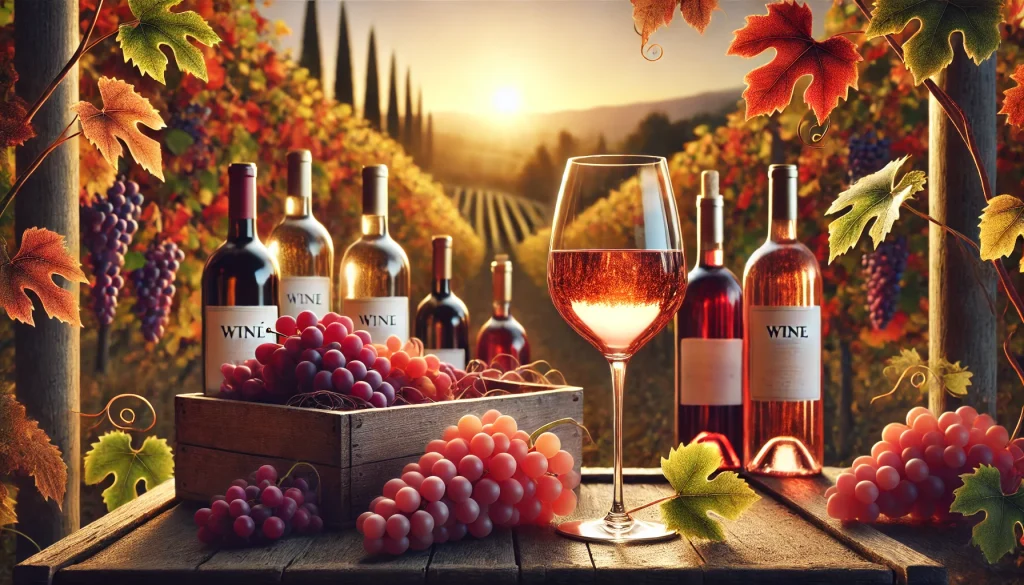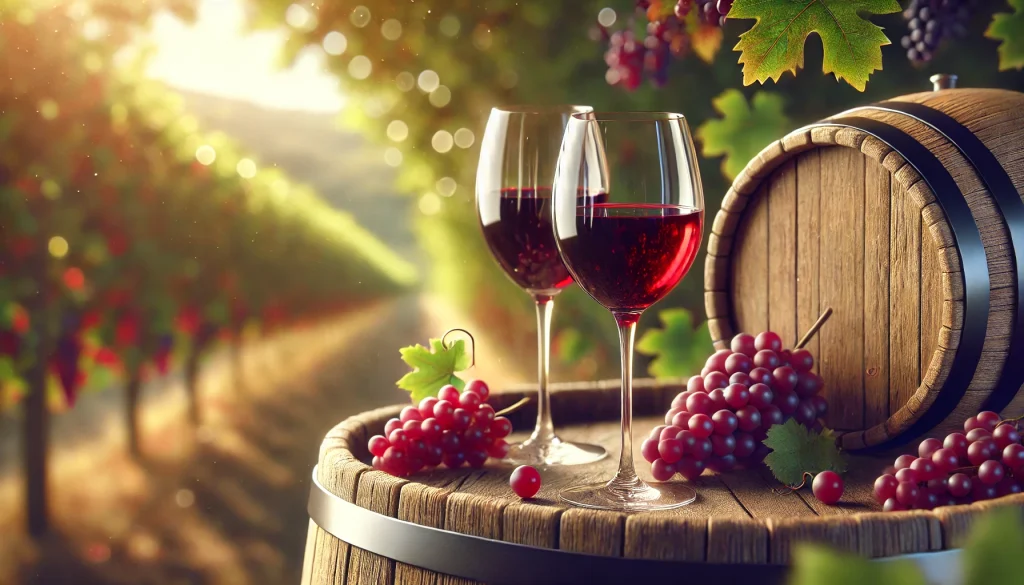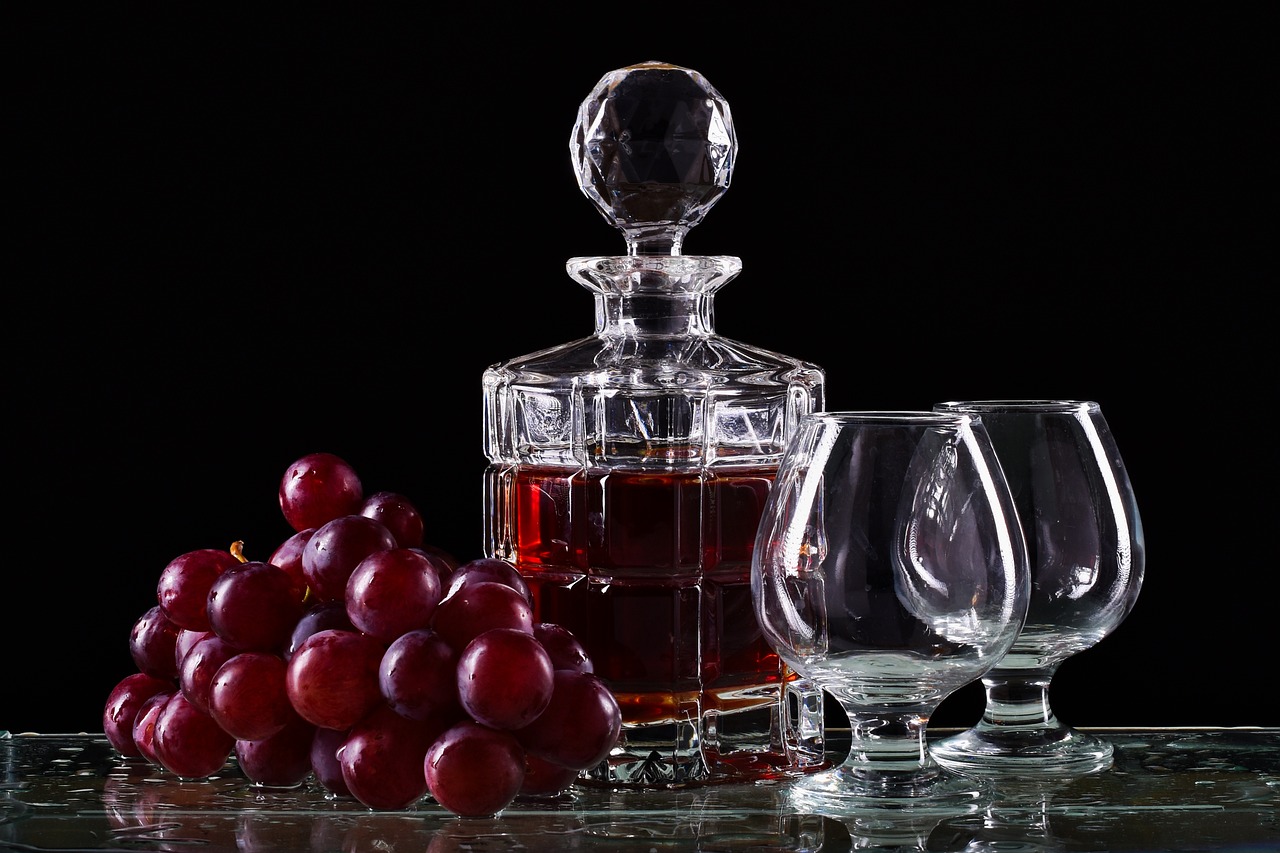Secrets of Longevity: How a Daily Ritual of Chocolate and Port Wine Inspired Generations

What’s the secret to a long, happy life? Is it diet, exercise, or perhaps a dash of good luck? While no one holds the magic formula, there’s one story that caught the attention of the world—a French woman who lived to be 122 years old. Her secret? A small piece of chocolate and a glass of port wine every day. Jeanne Calment, the world’s oldest recorded person, credited this simple daily ritual for her remarkable longevity.
Let’s look into how these two pleasures—chocolate and port wine—might have played a role in extending not just Jeanne Calment’s life but how they’ve inspired others seeking a long, happy life filled with joy (and a little sweetness).
The Life of Jeanne Calment: A French Legend
Jeanne Calment was born in Arles, France, in 1875 and lived through two World Wars, the invention of the automobile, the rise of cinema, and so much more. When she died in 1997, she was 122 years and 164 days old—a record that still stands today. While many wondered how she lived so long, she was never secretive about her lifestyle.
She remained active, rode her bike until she was 100, and even took up fencing at 85! But the role of chocolate and port wine in her life became a point of curiosity for scientists and health enthusiasts alike. While these may seem like guilty pleasures, modern science shows us that both chocolate and port wine could actually benefit your health—when enjoyed in moderation, of course.
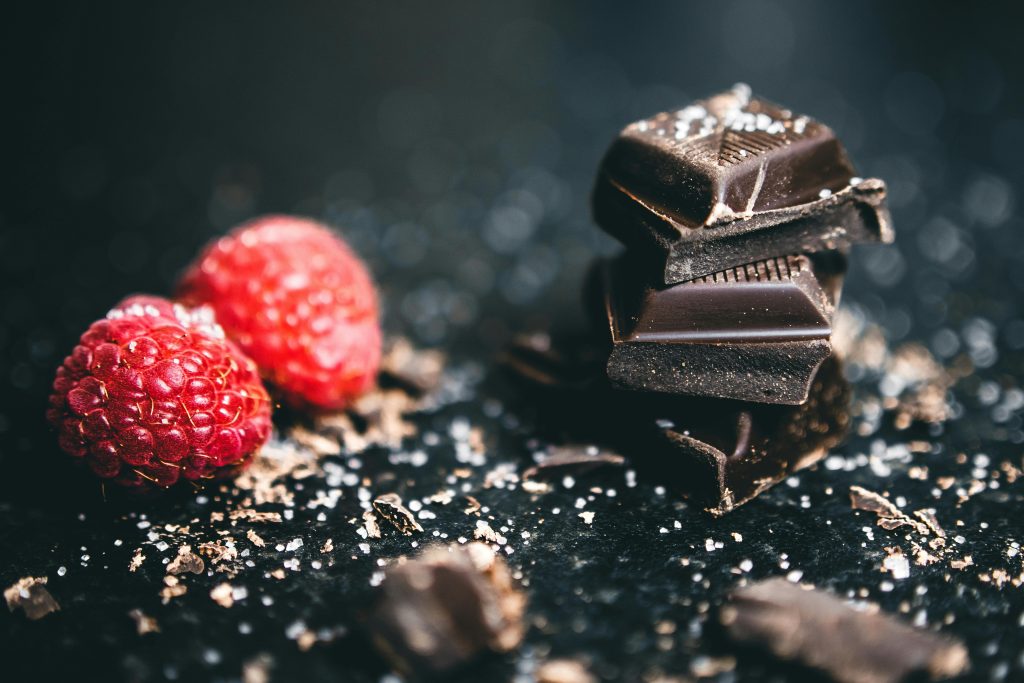
The Health Benefits of Chocolate: More Than Just a Treat
Who doesn’t love chocolate? But did you know it might actually be good for you too? Jeanne Calment claimed to have eaten nearly two pounds of chocolate per week. While that’s a lot, especially by today’s standards, the key here is the type of chocolate she likely ate—dark chocolate.
Dark chocolate is packed with flavonoids, natural compounds that have antioxidant properties. These antioxidants help protect your body’s cells from damage caused by free radicals, unstable molecules that contribute to aging and diseases like cancer. Studies have also shown that these flavonoids can:
- Improve heart health by lowering blood pressure and improving circulation.
- Reduce inflammation in the body, which is linked to numerous chronic diseases.
- Enhance brain function by increasing blood flow to the brain.
Of course, not all chocolate is created equal. The darker and less processed the chocolate, the more beneficial those flavonoids are. Dark chocolate with at least 70% cocoa is the best option, as it contains less sugar and more of those heart-healthy compounds.
In Jeanne Calment’s case, it’s easy to imagine that she indulged in the fine chocolates of France, particularly dark varieties, which gave her more than just a sweet taste. It likely provided a daily boost to her cardiovascular system and kept her brain sharp as she aged.
Port Wine: A Glass of Life
Let’s talk about port wine. This rich, fortified wine hails from Portugal, specifically the Douro Valley, and has long been associated with sophistication and indulgence. For Jeanne Calment, port wine wasn’t just an occasional treat—it was a daily ritual. But how could a sweet, alcoholic beverage possibly contribute to a long life?
Like dark chocolate, port wine contains compounds called polyphenols, which are powerful antioxidants. These compounds, particularly resveratrol, are found in the skin of grapes and are known to have several health benefits:
- Heart health: Resveratrol has been linked to improved heart health, reducing the risk of heart disease by lowering bad cholesterol (LDL) and increasing good cholesterol (HDL).
- Anti-aging properties: Some studies suggest that resveratrol can activate certain genes associated with longevity and healthy aging.
- Brain health: Just like chocolate, the polyphenols in port wine may improve blood flow to the brain, enhancing cognitive function and potentially lowering the risk of neurodegenerative diseases like Alzheimer’s.
Port wine also contains alcohol, of course, and while too much alcohol can be harmful, a moderate amount—like the single glass Jeanne Calment enjoyed daily—may have helped her relax, reduce stress, and even improve digestion.
Interestingly, research also shows that small amounts of alcohol can have anti-inflammatory effects. Chronic inflammation is one of the root causes of aging and many diseases, so reducing it, even with a daily glass of wine, could have contributed to her long life.

The Importance of Moderation
Now, before you rush out to buy bars of chocolate and bottles of port wine, let’s talk about moderation. Jeanne Calment’s daily rituals weren’t about overindulgence—they were about balance. Too much chocolate or wine can certainly lead to health problems, from weight gain to liver disease. But when consumed in moderation, both chocolate and wine have been shown to have beneficial effects on the body.
For chocolate, that means sticking to one or two small pieces of dark chocolate per day. For port wine, it means a small glass—around 3 to 4 ounces—daily. It’s all about savoring the moment and enjoying these treats as part of a well-rounded lifestyle, just as Calment did.
A Life of Joy and Simplicity
Jeanne Calment’s story isn’t just about diet—it’s about a philosophy of life. Her habits reflected a deeper sense of joy and simplicity, which many believe was her true secret to longevity. She never rushed, took pleasure in small moments, and didn’t let the stresses of life get her down.
Her ability to laugh at life’s absurdities also played a role. She once joked, “I’ve never had but one wrinkle, and I’m sitting on it.” This lighthearted attitude helped her navigate more than a century of life with grace and humor.
Scientists today recognize that mental well-being is just as important to longevity as physical health. Chronic stress and anxiety take a toll on the body, leading to everything from heart disease to weakened immune systems. Jeanne Calment’s daily indulgence in port and chocolate may have been more than just a physical boost—they may have provided her with small moments of joy and relaxation that kept her going.
The Legacy of Jeanne Calment: Inspiring Generations
Jeanne Calment’s story continues to inspire those who seek the keys to a long, happy life. While there’s no magic formula, her daily ritual of chocolate and port wine reminds us that life is about balance, pleasure, and joy. It’s about finding what makes you happy, indulging in moderation, and embracing life’s little pleasures.
In today’s world, where health trends often focus on what to cut out, Jeanne Calment’s life offers a different perspective: it’s about what you add to your life. She didn’t deny herself the things she loved, but instead found a way to enjoy them in moderation—whether it was a small piece of dark chocolate, a glass of port wine, or a sense of humor that could brighten even the hardest of days.
Modern Takeaways from an Extraordinary Life
As we reflect on Jeanne Calment’s habits, it’s clear that her lifestyle had broader lessons for all of us. Here are some modern takeaways inspired by her daily rituals:
- Indulge Without Guilt
Too often, we associate pleasure with guilt. But Jeanne Calment teaches us that indulgence, when done mindfully, can be a part of a healthy life. Savoring a small piece of chocolate or enjoying a glass of wine shouldn’t feel like breaking a rule—it should be part of the joy of living. - Prioritize Social Connection and Laughter
Calment’s ability to find humor in life helped her navigate the challenges of old age with grace. Studies have shown that social connections and laughter have profound effects on health, reducing stress and even boosting the immune system. Jeanne spent her life surrounded by family and friends, which likely contributed to her long life. - Stay Active, Stay Curious
Jeanne didn’t stop moving. Whether she was riding her bike at 100 or taking up fencing in her 80s, she stayed active and curious about life. Regular physical activity has been shown to slow aging, improve mental health, and extend life expectancy. So, no matter your age, keep moving and stay engaged with the world around you. - Embrace Moderation in All Things
Perhaps the most important lesson of all is moderation. Jeanne Calment enjoyed life’s pleasures, but she never overindulged. This balance allowed her to maintain her health while still savoring the richness of life. It’s a reminder that life isn’t about extremes—it’s about finding that sweet spot where joy and health coexist. - Find Joy in the Small Things
Whether it’s the taste of chocolate melting on your tongue or the richness of a fine wine after a long day, Jeanne Calment’s life was a testament to finding joy in the small things. A long life is made up of moments, and the more we can enjoy those moments, the richer our lives will be.
Final Thoughts: The Jeanne Calment Legacy
Jeanne Calment may have passed away, but her legacy lives on, not just in the record books but in the way she lived her life. Her story offers a powerful lesson: longevity isn’t just about what we eat or drink—it’s about how we live. By embracing joy, balance, and indulgence in moderation, we can create lives that are not just long, but fulfilling.
So the next time you reach for a piece of dark chocolate or pour yourself a glass of wine, think of Jeanne Calment. Indulge, savor, and remind yourself that sometimes, the secrets to a long, happy life are simpler than we think.
